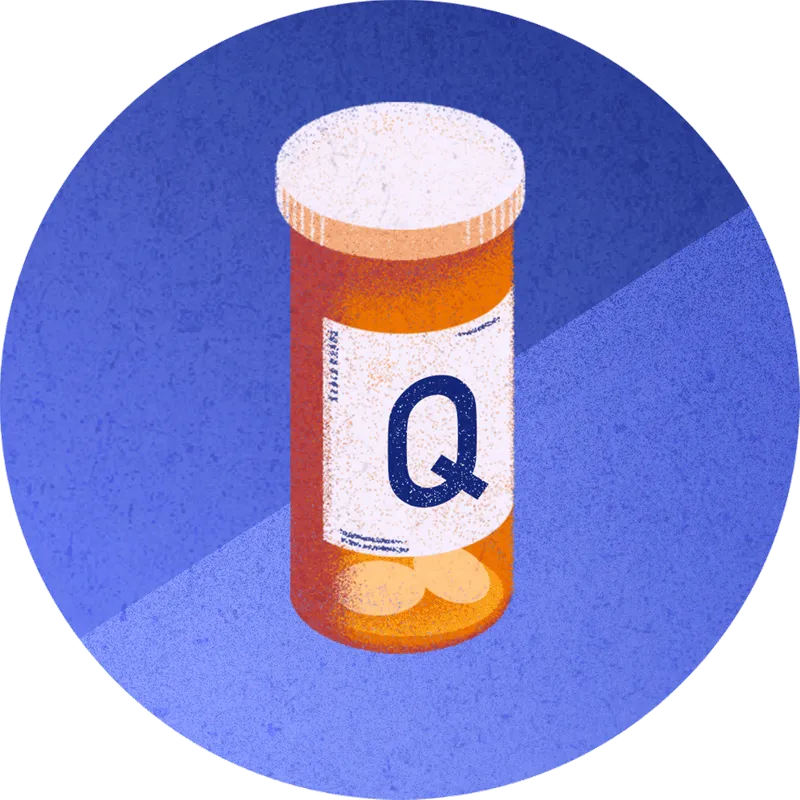ProPublica wanted to know something simple: Where a widely used generic drug was made and whether that factory had any quality problems. Instead, we found ourselves navigating a labyrinth of company names and complex databases that few regular consumers would even know exist.
And even after all that detective work, we hit a dead end.
Atorvastatin is a generic drug that treats high cholesterol and prevents heart attacks and strokes. It’s one of the most commonly prescribed medications in the United States, and many manufacturers make it.
We started with a label on a patient’s pill bottle. It shows the name of what appears to be the drug’s manufacturer: Quallent. The only addresses on the label are in Ohio and New Jersey and are for Express Scripts, a company that manages prescription benefits for insurers and employers.

Credit:
Myriam Wares for ProPublica
So we went to DailyMed, an online database with labeling information for drugs. There we found 21 pages of atorvastatin generics. We looked for Quallent and found two listings for the company.
Both showed that Quallent, based in the Cayman Islands, was just the packager of the drug. So what company manufactured it?
One label noted that Quallent sourced its pills from a drugmaker in India, another said they came from a company headquartered in Canada. Nothing on the pill bottle told us which of the two made the pills. So we looked at the markings on our patient’s atorvastatin tablets and compared them to the pill descriptions in DailyMed. Turns out the ones in our bottle were manufactured by the Canadian company Apotex.
We were lucky to be able to find even this much. The information on DailyMed included the name of the drug’s manufacturer. That’s often not the case. DailyMed also provided a partial address in Toronto, home to the global headquarters of Apotex as well as several of its plants. But the information didn’t specifically tell us if the drug is actually made at a Toronto factory.
To learn more, we scrolled to the bottom of the DailyMed page to find what’s known as the ANDA number, which is assigned when a company applies for approval to make a drug. We took that number and went to another database called the Orange Book, where all drugs approved by the Food and Drug Administration are listed.

Credit:
Myriam Wares for ProPublica
We put in our ANDA number and we were able to confirm that Apotex was the manufacturer and also learn that the company received approval to start making atorvastatin in 2012, which would guide our search for FDA inspection reports about the factory.
But alas the Orange Book doesn’t tell us where Apotex makes the drug. The company’s website says it has factories in Canada, Mexico and India, but it doesn’t say which drugs are made where.
If any consumer got this far, we’d be impressed. But here’s where the search got really complicated.
Even with our ANDA number and the name Apotex, we could not find the specific factory where our atorvastatin was made. The FDA has that information — it’s on the applications that companies turn in when they apply for new drug approvals — but the agency hasn’t made those addresses available to the public.

Credit:
Myriam Wares for ProPublica
Last year, we filed a Freedom of Information Act request for those locations. Months passed and we eventually sued the FDA in federal court. Finally, the agency gave us some of the addresses, but not a complete list.
In the case of our atorvastatin, no luck. The agency didn’t give us that factory’s details, saying it held back addresses for drugmakers that hired other companies — contract manufacturers — to make their medications. So even though we had information that the public doesn’t have, we were still stuck.
We went to a private firm called Redica Systems and paid to use a database of reports written by FDA inspectors after visits to drug factories. We could see inspections for various Apotex factories in Canada and India that described problems over the years in the way drugs were made. The FDA, however, blacked out the names of the medications on those reports.
That’s where we hit a final dead end. After all that, we still don’t know where our atorvastatin was manufactured and whether the factory had a troubled record.

Credit:
Myriam Wares for ProPublica
We reached out to Apotex to see if we could learn more but never heard back. On its website, the company says, “Patient safety and regulatory compliance guide every stage of our manufacturing process.”
Though the FDA has held back factory information for decades, agency officials recently asked Congress for the authority to require that manufacturers disclose where drugs are made on the labels of pill bottles.
Brandon Roberts of ProPublica contributed research.


